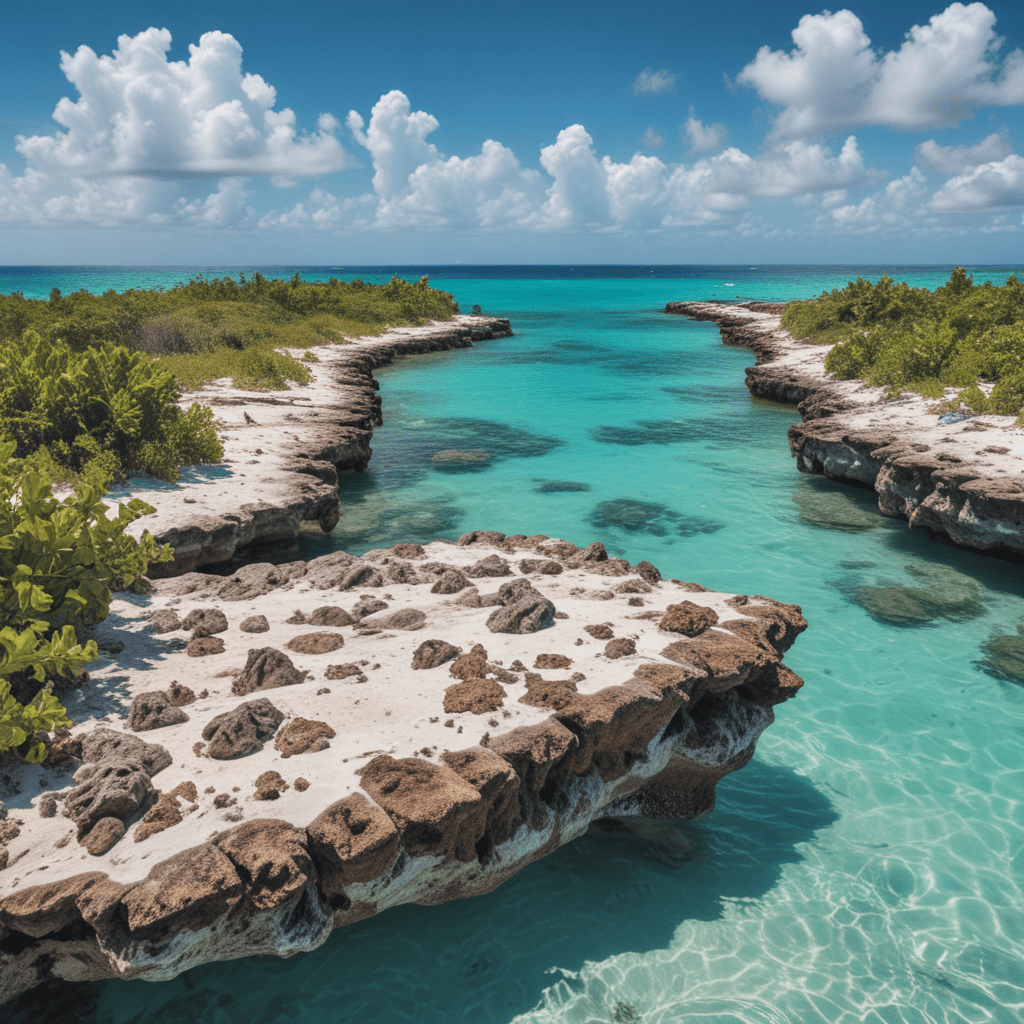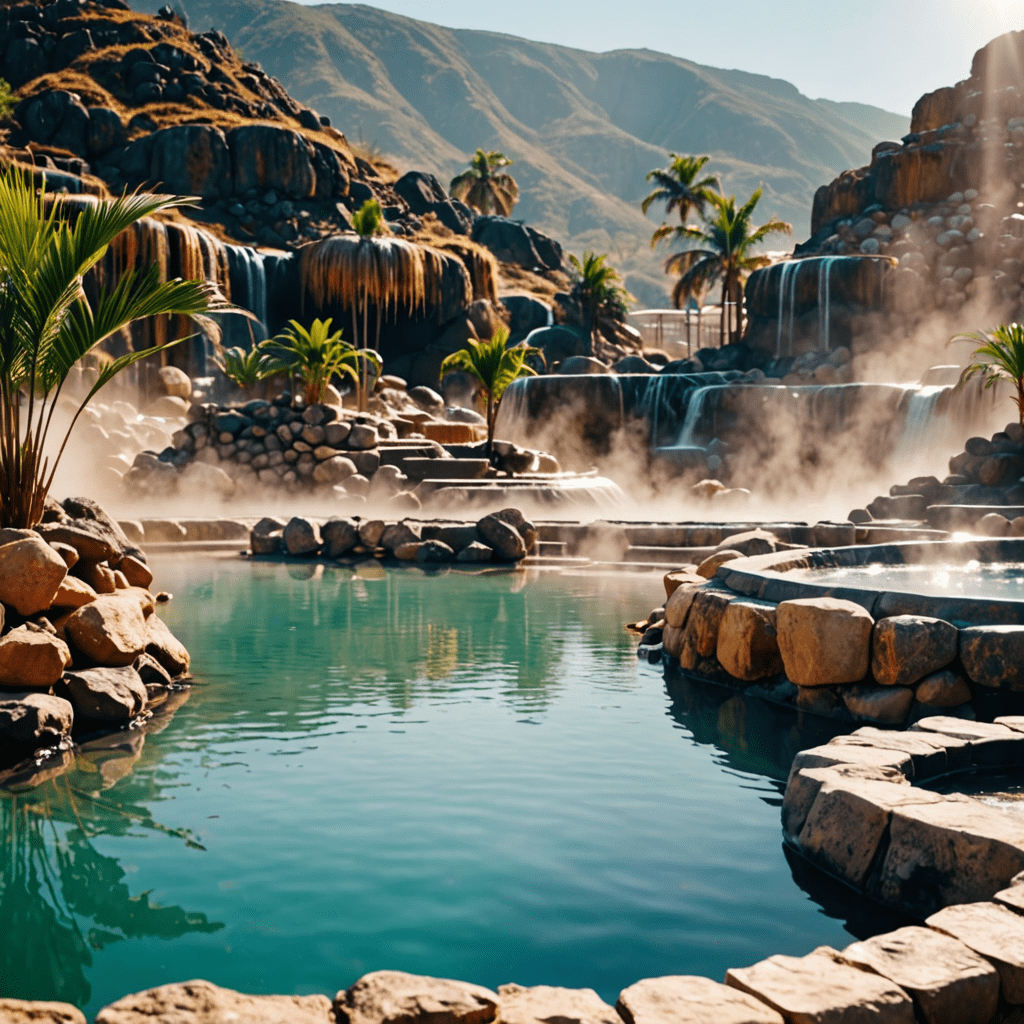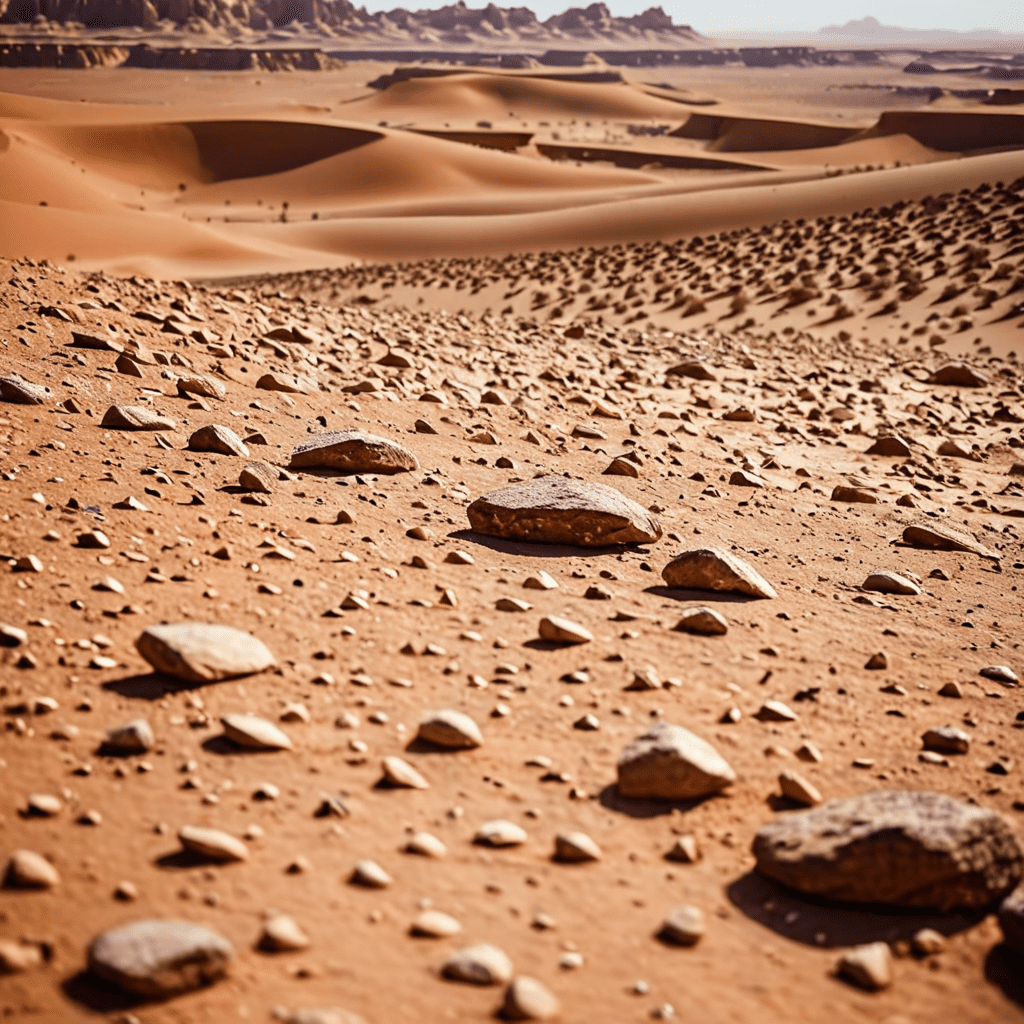
Exploring the Andros Barrier Reef in the Bahamas
Nestled in the heart of the Bahamas, the Andros Barrier Reef is a marine paradise teeming with breathtaking beauty and ecological significance. As the third largest barrier reef in the world, it stretches for an impressive 190 kilometers along the eastern coast of Andros Island, captivating divers, snorkelers, and nature enthusiasts alike.
Location and Size of the Reef
The Andros Barrier Reef is situated off the coast of Andros Island, the largest island in the Bahamas. It extends along the entire eastern coast of the island, forming a natural barricade between the Exuma Sound and the Atlantic Ocean. With a length of approximately 190 kilometers and an average width of 1.6 kilometers, the reef forms a vast underwater ecosystem that covers an area of approximately 300 square kilometers.
Biological Diversity of the Reef
The Andros Barrier Reef is home to an astonishing array of marine life. Its intricate coral formations provide habitat for a staggering variety of species, including colorful reef fish, sea turtles, dolphins, and sharks. The reef's ecosystem supports more than 350 species of fish, 50 species of coral, and over 1,000 species of mollusks, making it a biodiversity hotspot in the Caribbean.
Exploration and Conservation
The Andros Barrier Reef is a popular destination for divers and snorkelers who can explore its vibrant underwater world. Dive sites offer opportunities to encounter a wide range of marine life, including sea turtles, stingrays, eagle rays, and nurse sharks. The reef is also a critical area for conservation efforts, with organizations working to protect its delicate ecosystem from threats such as overfishing, pollution, and climate change.
Dive Sites and Snorkeling Opportunities
The Andros Barrier Reef offers numerous dive sites for divers of all levels. Beginners can enjoy snorkeling in the shallow waters near the coast, while experienced divers can explore deeper dive sites further out. Some popular dive sites include the Tongue of the Ocean, a deep blue hole; the Great Bahama Bank, known for its coral gardens and shipwrecks; and the North Rock Wall, a vertical underwater wall teeming with marine life.
6. Educational Programs and Research on the Reef
The Andros Barrier Reef is a valuable educational resource, offering opportunities for students and researchers to study the reef's ecology and conservation. Universities and research institutions conduct scientific studies on the reef, examining its biodiversity, coral health, and the impacts of environmental changes. Educational programs provide hands-on learning experiences for students, fostering an appreciation for the importance of marine conservation.
7. Impacts of Climate Change and Anthropogenic Activities
Like other coral reefs around the world, the Andros Barrier Reef faces threats from climate change and anthropogenic activities. Rising sea temperatures, ocean acidification, and pollution can damage corals and disrupt the reef's ecosystem. Overfishing, habitat destruction, and coastal development can also negatively impact the reef's health. Conservation efforts aim to mitigate these threats and preserve the reef for future generations.
8. Management and Sustainable Practices
Effective management is crucial for the conservation of the Andros Barrier Reef. The Bahamas government has implemented marine protected areas to restrict certain activities that could damage the reef. Sustainable fishing practices, such as catch limits and gear restrictions, help to protect fish populations. Educational campaigns raise awareness about the importance of reef conservation and encourage responsible tourism practices.
9. Ecotourism and Economic Benefits
The Andros Barrier Reef supports a thriving ecotourism industry. Visitors come from around the world to dive, snorkel, and experience the reef's beauty. Ecotourism generates revenue for local communities, supporting sustainable development and conservation efforts. By promoting responsible tourism practices, visitors can contribute to the protection of the reef while enjoying its wonders.
10. Conclusion: The Importance of Protecting the Andros Barrier Reef
The Andros Barrier Reef is a magnificent natural treasure that provides countless benefits to both the environment and the economy. Its protection is essential for maintaining the health of our oceans, supporting biodiversity, and ensuring sustainable development. Through conservation efforts, education, and responsible tourism, we can safeguard this vibrant reef for future generations to appreciate and enjoy.
FAQ
Q: Where is the Andros Barrier Reef located?
A: The Andros Barrier Reef is located off the east coast of Andros Island in the Bahamas.
Q: How long is the Andros Barrier Reef?
A: The Andros Barrier Reef stretches for approximately 190 kilometers.
Q: What is the biological diversity of the Andros Barrier Reef?
A: The reef supports over 350 species of fish, 50 species of coral, and over 1,000 species of mollusks.
Q: Can I dive or snorkel at the Andros Barrier Reef?
A: Yes, the reef offers numerous dive sites for divers of all levels and snorkeling opportunities in shallow waters.
Q: What are the threats to the Andros Barrier Reef?
A: The reef faces threats from climate change, pollution, overfishing, and coastal development.
Q: How can I help protect the Andros Barrier Reef?
A: Support conservation efforts, engage in responsible tourism practices, and spread awareness about the importance of reef conservation.


